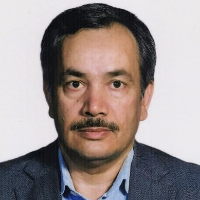Optimization of Groundwater Monitoring Network in Urmia Aquifer Using Self-Organizing Map
In this study, the new method of self-organized maps (SOM) was used to cluster the piezometers in the Urmia aquifer and identify piezometers with similar behavior, in consequence the optimal groundwater monitoring network was determined. To achieve this goal, at first the normalization of monthly groundwater level data over a period of 13 years (2002-2015) was done and then the K-means non-hierarchical clustering algorithm was used to determine the number of optimal clusters. Then, using the SOM model which is one of the most widely used neural network models in the clustering techniques, spatial preprocessing operations were performed for all piezometers and the clusters were detected using a groundwater depth map. Also, the representative piezometers of each cluster were determined using the piezometers Euclidean distance. According to the results of clustering and its good compatibility with changes in groundwater level at each piezometer, it should be noted that the SOM clustering algorithm has a high capability for clustering. Results show that this type of network is able to detect the appropriate data patterns that can help identify the characteristics of members of each cluster. Therefore, it seems that the SOM clustering algorithm can be used to analyze the quantitative behavior of the aquifer (groundwater level changes) and find a few representative piezometers, thus providing an acceptable assessment of aquifer behavior in a short time and at the lowest cost.
Groundwater , Clustering , Neural network , K-means , SOM
-
The effect of bedrock and soluble materials on the formation of scallops in Namksar salt cave and Sarab limestone cave
, Sarah Edalatian Arasteh *, Asghar Dolati
Journal of Hydrogeology, -
Suggested solutions for sustainable management of groundwater at the national level
Alhen Sheikhzadeh, *, Ali Ahmadi
Journal of Hydrogeology,



